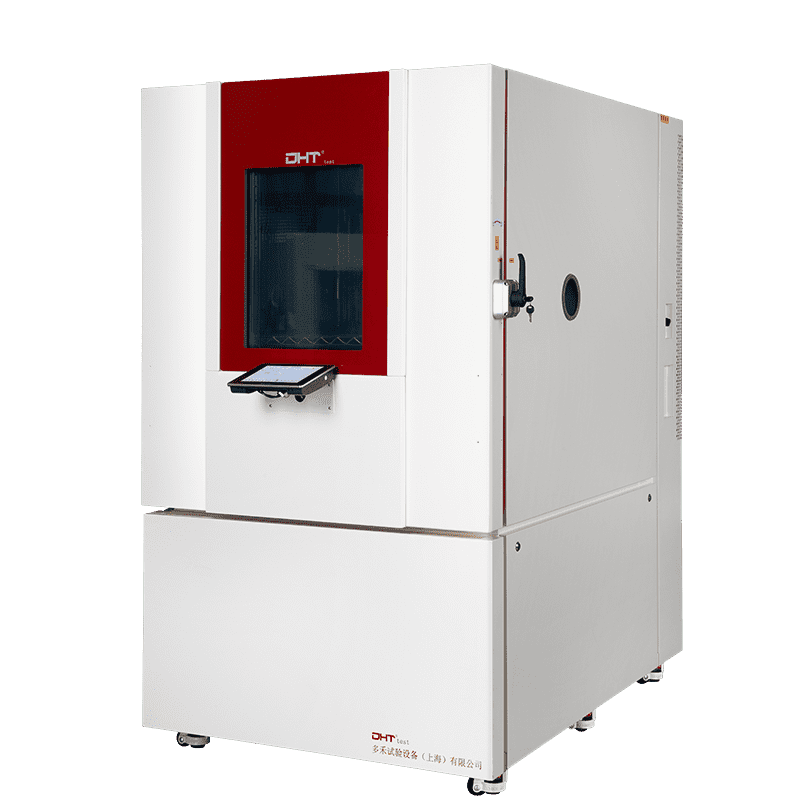Geschrieben von Shirley
Produktmanager, Doaho Test (DHT®)
In industries like electronics, automotive, and aerospace—where product reliability is non-negotiable—rapid temperature change testing is an indispensable tool. It exposes hidden defects such as material cracks, solder joint failures, and structural fatigue, helping companies catch problems before products reach mass production.
However, this testing method demands stringent control over equipment performance, operational procedures, and data accuracy. In real-world applications, human error and lax system management frequently lead to inconsistent results and compromised data repeatability. According to the 2024 report from the International Testing Laboratory Association (ITL), 37% of test failures stem from preventable operational mistakes.
Drawing on both industry standards and hands-on lab experience, this guide outlines the 12 most common errors in rapid temperature change testing—and how to avoid them.
I. Pre-Test Preparation: Weak Protocols = Built-in Risk
Error 1: No Standardized Test Procedure Issue: Testing relies on technician experience instead of conforming to international standards like IEC 60068-2-14, MIL-STD-883H, or JESD22-A104. The result? Inconsistent and unreliable data. Fix: Develop and enforce a documented Standard Operating Procedure (SOP) that covers sample cleaning, loading, parameter settings, sensor placement, data export, and post-test archiving. This ensures full process traceability and accountability.
Error 2: Skipping Sample Pre-Treatment Issue: Samples are tested without drying, charging, or aging steps, resulting in moisture residue or stress release that skews data. Fix: Establish tailored pre-treatment protocols based on material type. For example, dry samples at 60°C and 10% RH for 8–12 hours to ensure a stable testing baseline.
II. Equipment Operation: Poor Setup Undermines Accuracy
Error 3: Aggressive Temperature Ramp Settings Issue: Pushing for high ramp rates (e.g., ≥20°C/min) can exceed the system’s cooling/heating capacity—or the sample’s thermal tolerance—leading to damage or skewed results. Fix: Choose moderate ramp rates (5–15°C/min) appropriate to the sample’s thermal sensitivity. When in doubt, use staged or programmable transitions.
Error 4: Skipping Empty-Chamber Heat Distribution Checks Issue: Without verifying thermal uniformity first, loaded tests can suffer from uneven temperature exposure and data deviations. Fix: After setup or major changes, run an empty-chamber test using 3 to 9 thermocouples or wireless loggers. Temperature variation across zones should stay within ±2°C.
III. Inaccurate Monitoring: Poor Measurement = Pointless Test
Error 5: Incorrect Sensor Placement Issue: Sensors placed near metallic enclosures or heat sources distort actual readings. Fix: Place sensors in thermally critical zones, such as the core or stress-prone areas of the sample. Use high-temp insulating tape to secure them.
Error 6: Uncalibrated Temperature System Issue: Long-term sensor drift leads to unreliable data. Fix: Schedule semi-annual or annual calibration using accredited third-party labs (CNAS, ILAC). Multichannel system calibration improves both consistency and traceability.
IV. Poor Sample Loading: One Mistake, System-wide Impact
Error 7: Overcrowded Samples Block Airflow Issue: Limited spacing impedes airflow, causing hot/cold zones and test inefficiencies. Fix: Maintain a minimum 5 cm gap between items, keep air vents unobstructed, and follow the rule of “no stacking, no wall contact, no airflow block.”
Error 8: Improper Sample Fixation Issue: Unstable or shifting samples may collide with sensors or damage internal components during testing. Fix: Use customized holders or stainless-steel brackets based on sample size/weight. Anti-vibration pads are strongly recommended.
V. Data Handling Flaws: No Records, No Progress
Error 9: Manual Recording, No Real-Time Alerts Issue: Manual data logging lacks visual feedback or alerts, increasing the risk of missed events or anomalies. Fix: Choose chambers with intelligent control systems that offer data logging, remote monitoring, and auto-alerts (e.g., DHT®). Real-time temperature curves can be viewed from a smartphone.
Error 10: No Data Archiving Protocol Issue: Disorganized files hinder traceability and certification support. Fix: Implement a consistent naming and version control system. Where possible, integrate with PLM or MES platforms for end-to-end data management.
VI. Maintenance Oversights: Frequent Use = Higher Risk
Error 11: Ignoring Preventive Maintenance Issue: Key components like fans, condensers, and compressors degrade over time if not serviced, leading to breakdowns. Fix: Set maintenance schedules based on operating hours. For instance, inspect condensers every 200 hours and check seals and refrigerant monthly.
Error 12: Lack of Spare Parts or Support Delays Issue: Unavailable spare parts or slow service responses disrupt test schedules. Fix: Choose equipment from manufacturers with fast-response after-sales support and a global service network—like DHT®.
Conclusion: Transform Testing from Routine to Strategic Capability
The true value of rapid temperature change testing lies not just in simulating extreme environments, but in delivering accurate data, consistent results, and standardized workflows. To build a robust and efficient reliability validation system, companies must optimize equipment selection, operational discipline, data management, and support services.
DHT® Rapid Temperature Change Chambers are engineered specifically for high-stress thermal testing. With intelligent control systems that support multi-segment programming, real-time data monitoring, automatic alarms, remote access, and data export, DHT® chambers empower engineers with true “visual control” and “data closure.” No more manual logs. No more inefficiencies.
To meet the challenges of complex sample configurations, DHT® chambers feature optimized airflow design and multi-point thermal sensors, ensuring uniform heat distribution even under full load—eliminating the risk of hot or cold spots. Maintenance and support are covered by a global service infrastructure, offering optional remote diagnostics and preventive care—so your equipment stays reliable under continuous, high-frequency testing.
If your lab or production line demands a dependable, high-performance, and standards-compliant thermal testing solution, DHT®. is the partner you can trust. For more information or tailored solutions, feel free to contact us anytime.


